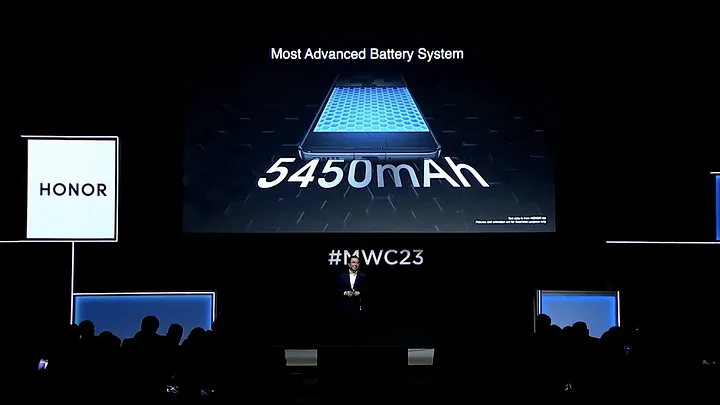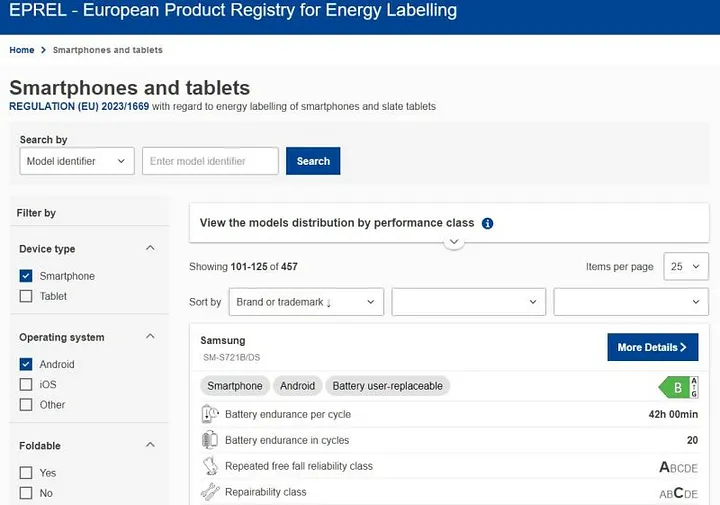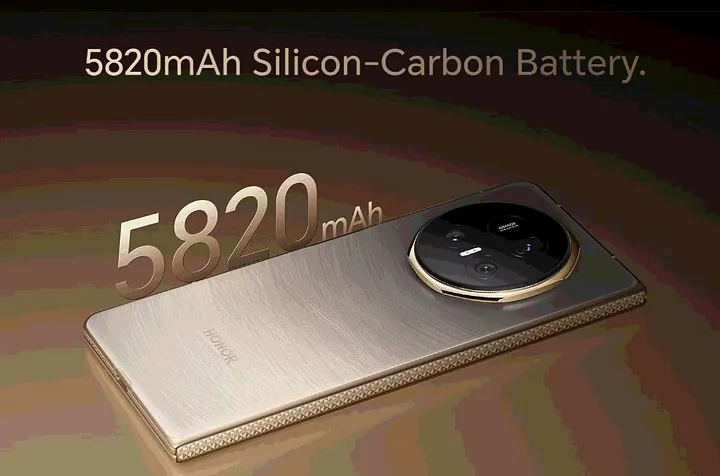Silicon-Carbon Batteries Promised a Power Revolution. What Went Wrong?
--
In 2023, leading Chinese smartphone manufacturers began integrating silicon–carbon (Si–C) lithium-ion batteries into their devices. The move sparked interest across the industry, as these batteries promised tangible gains in energy density — often with no increase in weight or size. Reviewers reported multi-day runtimes and improved cold-weather performance, suggesting a real breakthrough in consumer battery technology.

But two years later, most global smartphone models — including those from Apple, Samsung, and even Chinese OEMs — either ignore Si–C batteries or reserve them exclusively for regional variants. Why has this promising technology failed to achieve global traction?
How much have smartphones gained from Li-ion Si–C batteries?
Top-end Chinese phones like Honor, Vivo, Xiaomi, Oppo etc. now use such Si–C batteries to pack ~20–30% more capacity in the same volume
For example, Honor’s Magic5 Pro (2023) was the first smartphone to use Group14’s SCC55 silicon-carbon anode. Subsequent devices (Magic6/7 Pro and foldables Magic V2/V3) continue this trend. Honor Magic 7 Pro uses Group14’s SCC55 silicon-carbon anode, enabling a ~5850 mAh cell in the same form factor
Other brands followed: Xiaomi’s Redmi Note 14 Pro+ uses a 6200 mAh Si–C cell (vs 5000 mAh with graphite last year, a 24% gain), and Oppo/Vivo flagships similarly moved to ~6000–6150 mAh cells without adding bulk.
This increased density often comes with other benefits: Si–C cells retain charge better in the cold (e.g. Honor showed stable discharge even at –20 degrees Celsius and support the same fast‐charging currents as conventional cells.
The big promise: why Si-C Li-ion looked like a game-changer
Traditional lithium-ion batteries rely on graphite anodes, with a theoretical energy density of around 372 mAh/g. In contrast, silicon offers up to 3579 mAh/g in ideal conditions using Li₁₅Si₄ chemistry — nearly 10x higher than graphite.
Theoretically, this should unlock enormous capacity gains. However, there’s a catch: silicon expands ~300% during lithiation, compared to ~20% for graphite. This mechanical stress introduces cracking, capacity fade, and rapid performance degradation. To mitigate this, manufacturers typically blend small quantities (5–15%) of silicon into graphite, resulting in hybrid anodes with improved — but still modest — capacity increases (e.g., 450–700 mAh/g).
Silicon–carbon composite anodes, incorporating silicon nanoparticles or silicon oxide in a carbon matrix, represent the next commercial step. These materials balance performance and longevity, but real-world gains still hover around 20–30% capacity improvement.
So What’s the Problem? The Answer Lies in Cycle Life
The biggest barrier to widespread adoption of Li-ion Si-C battery technology is degradation over time.
Silicon–carbon electrodes degrade significantly faster than their graphite counterparts. For instance, a 2023 study by Kirkaldy et al. (Imperial College London) tested an LG-manufactured Si–graphite cell under moderate cycling conditions (0–30% SOC at 40 °C). After just 400 full-equivalent cycles (i.e., 4000 Ah cumulative throughput), the cell lost 80% of its silicon-based capacity, while graphite-only cells showed only a 10% loss.
In practical terms, this means conventional graphite batteries typically retain 80% capacity beyond 1000+ cycles.
As a result, manufacturers face a difficult trade-off:
- Offer a short-term battery life boost (2–3 day runtimes) with faster degradation long-term
- Or stick with graphite and deliver less capacity but more multi-year longevity.
There is a high probability that European Union helped to resolve this trade-off by making smartphone vendors to officially disclose the battery endurance cycles before it degrades to 80%. Interesting coincidence: Samsung, who does not utilize SI-C battery technology, offers the highest battery life in cycles.

Smartphone vendors say ‘No’ to larger battery capacity
While it may seem that its only top brands like Apple, Samsung, Google who avoid li-ion Si-C battery technology, Chinese vendors also avoid it.
Even those Chinese OEMs who deploy Si–C technology domestically often opt not to include it in their global variants — despite identical model names and hardware. Their explanation, though, is vague.
Here’s the statement on the different battery capacities from OnePlus spokesperson: “ Due to logistical and compliance considerations related to the transportation and handling of lithium-ion batteries in certain European countries, and in alignment with internal safety thresholds, the OnePlus Nord 5 and OnePlus Nord CE5 are equipped with a 5200 mAh battery in Europe.”
Here are few examples of market-depending battery capacity:
· OnePlus Nord CE5 marketed in India is equipped with a 7100 mAh battery. The global variant includes a 5200 mAh battery.
· OnePlus Ace 5 has 6415 mAh and sells in Chine. Its global version OnePlus 13R has 6000 mAh.
· Realme GT 7 Pro in China has 6500 mAh, while its global version offers 5800 mAh.
· vivo iQOO 13 has 6150 mAh in Chine, while this model purchased in other regions has 6000 mAh.
· POCO F7 brings joy of 7550 mAh on Indian market, while only 6500 mAh globally.
· Xiaomi Redmi K80 (known as POCO F6 globally) shares 6550 mAh in Chine while 5000 mAh globally.
· HONOR Magic V5 provides 6100 mAh capacity in China, reducing it to 5820 mAh globally.

Final Thoughts
Silicon–carbon anodes are a real, shipping technology today. In space-constrained devices, like smartphones, they enable approximately 20–30% higher battery capacity — often translating into multi-day runtimes without increasing size or weight.
However, these advantages come with a trade-off: shorter cycle life compared to conventional graphite-based cells. As a result, most manufacturers appear to prioritize long-term battery durability over peak capacity. Major global brands remain cautious — Samsung’s Galaxy line is unlikely to adopt Si–C batteries in the near term, and neither Apple nor Google have announced plans to use them. In fact, Google has reduced battery capacity in some recent models, suggesting a preference for reliability over capacity expansion.
The dream of a smartphone lasting a week on a single charge is delayed again. Let’s hope materials science can catch up with marketing soon enough.
